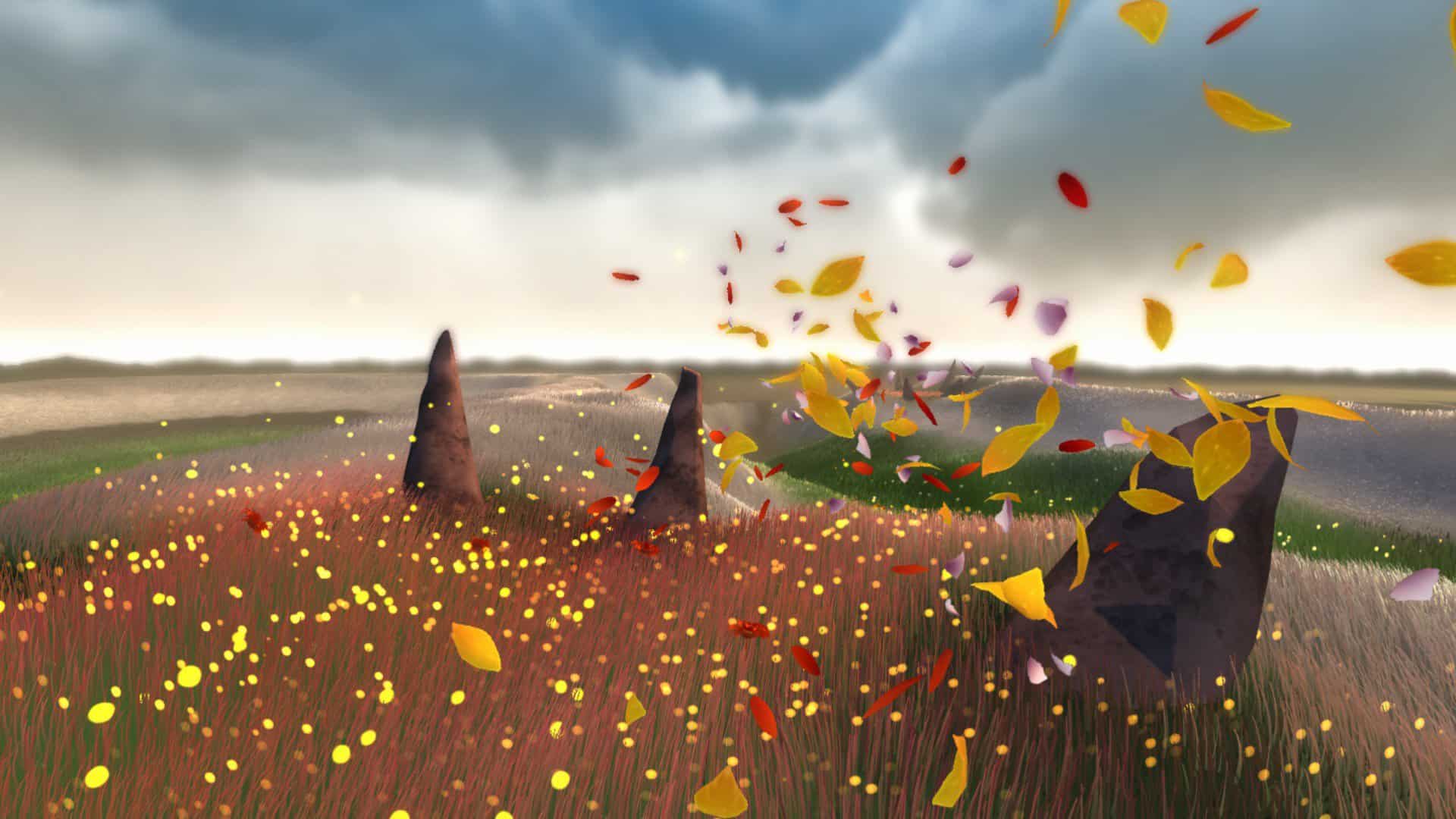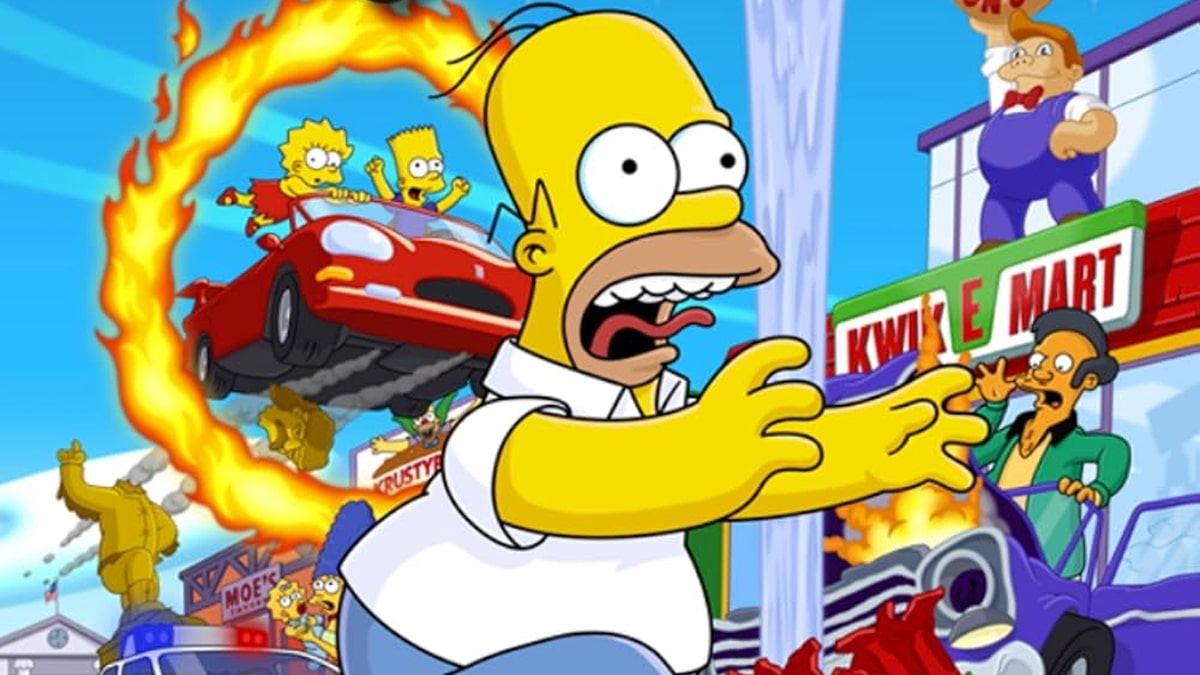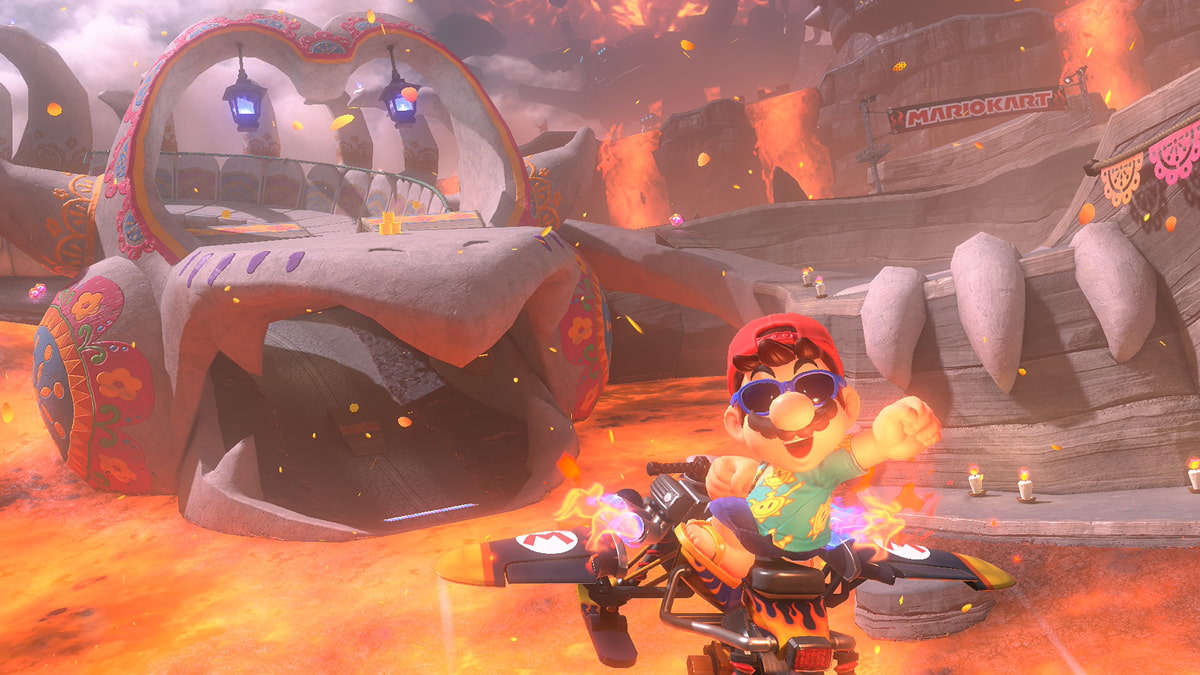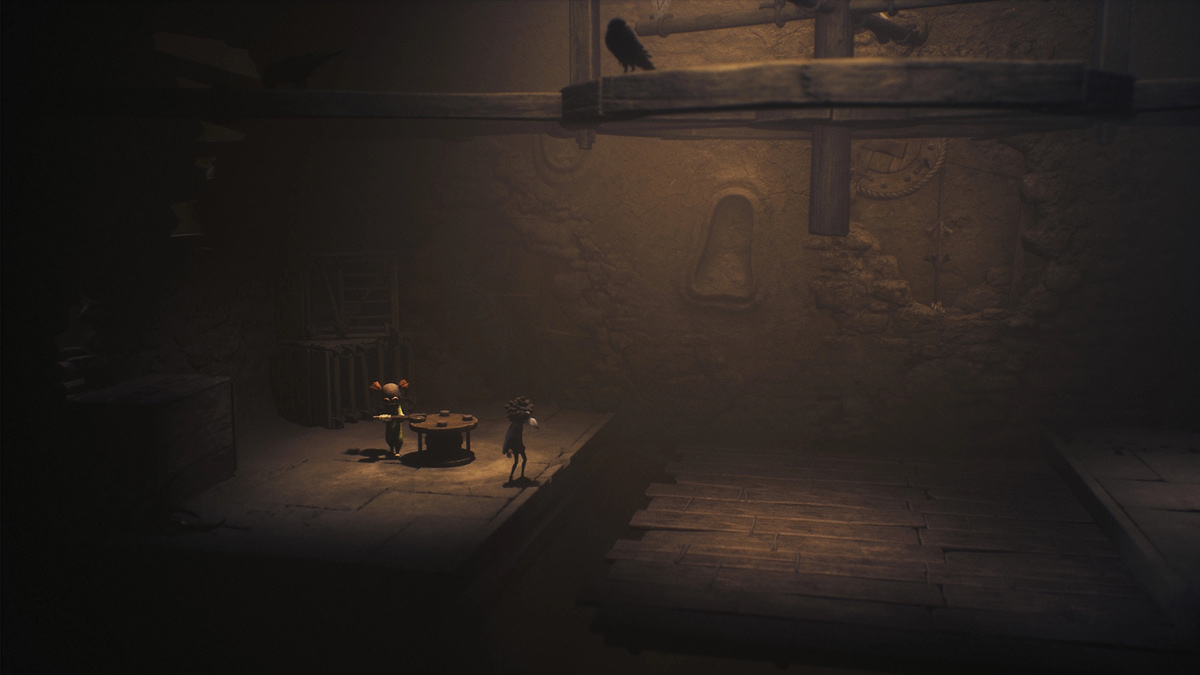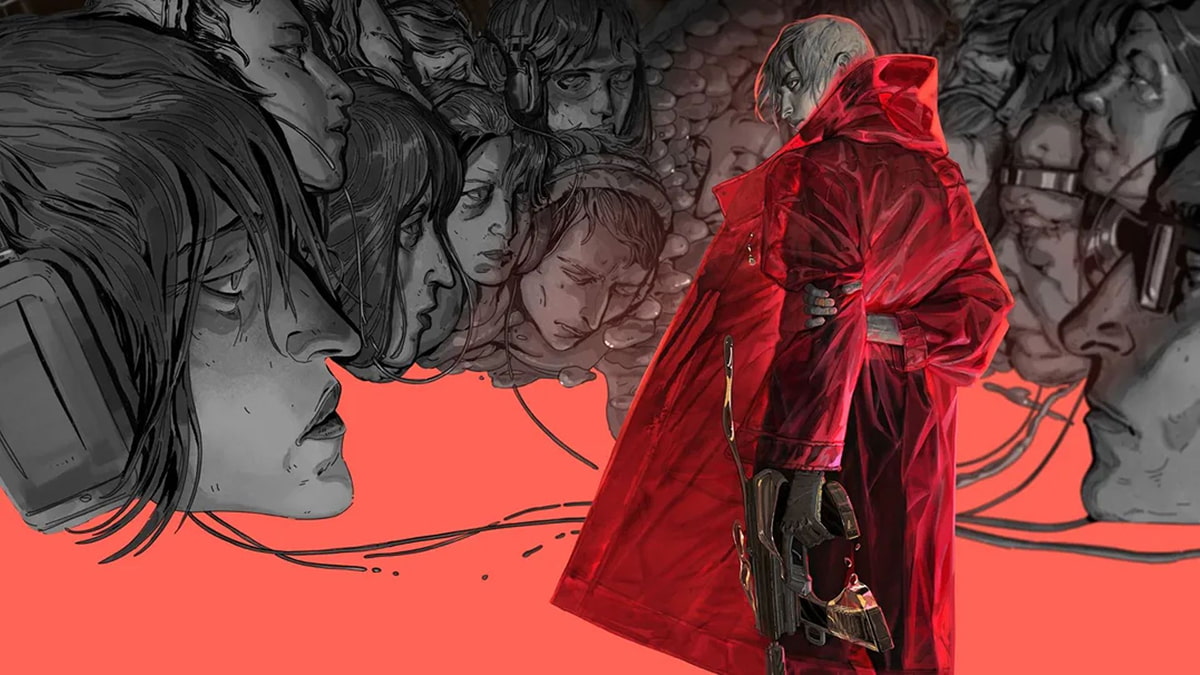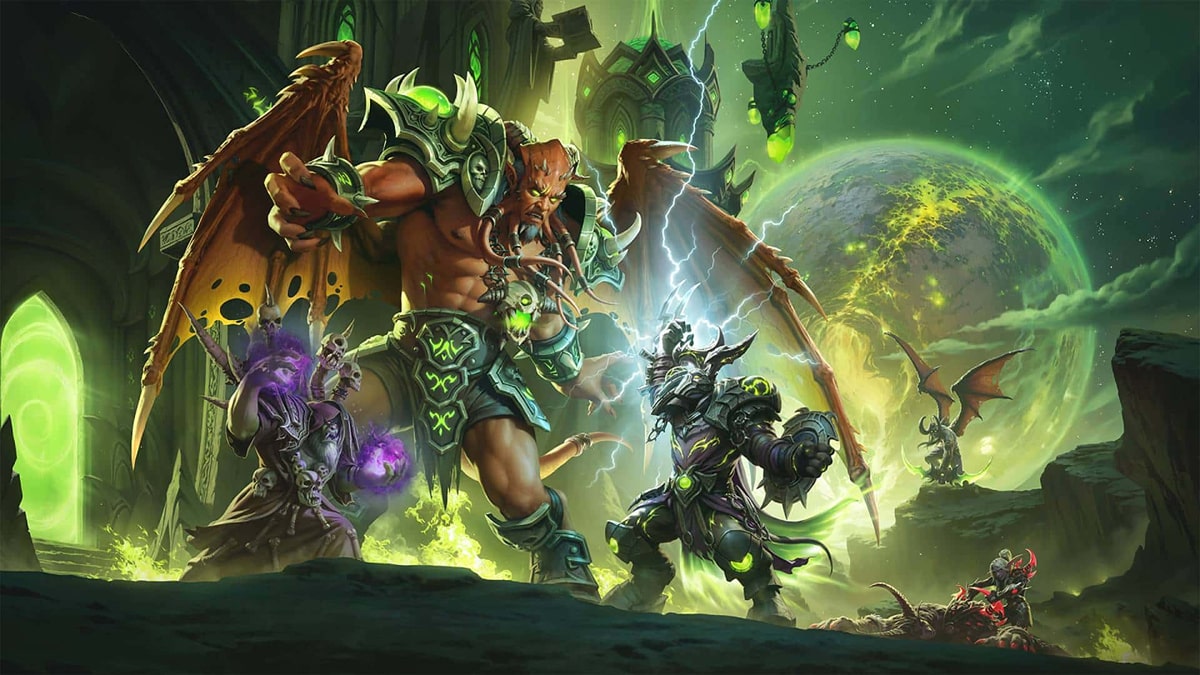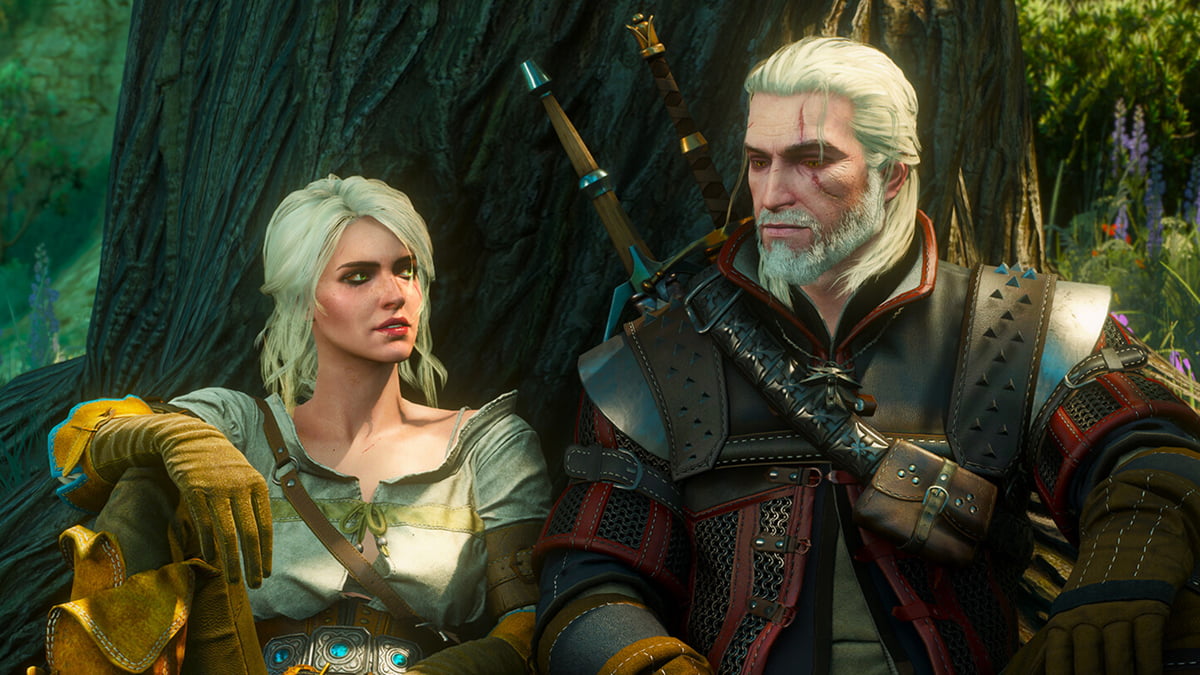You can trust VideoGamer. Our team of gaming experts spend hours testing and reviewing the latest games, to ensure you're reading the most comprehensive guide possible. Rest assured, all imagery and advice is unique and original. Check out how we test and review games here
Upcoming downloadable PSN title Flower caused quite a stir in the office last week. The game sees you control a petal using movement of the Sixaxis as it rides the wind across expansive meadows, gathering other petals along the way. You’ll find more detail from Neon’s hands-on preview, but that, essentially, is pretty much it.
It’s beautiful, has uplifting music and, I’m told by Neon, affects on an emotional level – if you’re not a cynical, cold-hearted bastard. I’m sure he’s right, but my scepticism of the game has nothing to do with a deep-rooted hate of all things nice and colourful. No, my concern merely relates to one crucial question: Is it fun?
This, for me, is the primary determining factor in whether a game should be considered “good”. As I told Neon, if a game looks pretty, has lovely music and has an interesting control scheme that’s great, but that’s not enough to make the game fun, the game good.
Neon challenged this definition of “good”. Is going to an art gallery fun? Is watching Schindler’s List fun? Is listening to a Radiohead album fun? Is watching your football team lose fun?
What is fun? It’s different for everyone, but for me it’s about pleasure, about enjoyment, and that doesn’t always have to bring a smile to your face. Watching Schindler’s List is fun because, despite the harrowing subject matter, it affects you on an emotional level, which in itself is a pleasurable experience. Listening to a Radiohead album is fun because we enjoy the music. Watching your football team lose is fun because we’ve had an emotional experience.
A game doesn’t have to have hulking space marines, exploding heads or seven-hit combos to be fun. All it needs is to provide an experience that, when you put the pad down, can be described as having been an enjoyable one.
The “cool” factor is one that is relied upon too heavily by game developers. Is this weapon cool to use? Is this character cool to be? Is this level cool to look at? Is this explosion, are these physics, is this game cool? Fun, and quality, are measured by this cool factor in many games. Flower doesn’t care about being cool, because it knows that fun can be had in other ways. This, in the fledgling games industry, is an extremely brave move.
So, “Are you enjoying yourself?” I asked Neon. “Yes”, he replied. Fair enough. Then Flower is good.
And, despite how ‘arty’ it is, Flower is quite clearly a game, one that is still trapped in the traditional mechanics gamers know without knowing that they know. You need to guide your petals around touching other flowers, which then unlock other areas to explore. There are levels, and visual clues as to how well you’ve done. There’s clear progression, goals and rewards and a degree of skill required to guide your petals around with the Sixaxis. Flower might be art, but it is still, quite clearly, a game.
Is Flower good? Yes it is. Why? Because the experience of playing it is enjoyable, despite the fact that you don’t do too much, but if it isn’t enjoyable, then, for me, it shouldn’t be considered good. I will always remain sceptical about games like Flower, asking the same “is it fun?” question I ask of other, more traditional “gamer” games. It is not enough, in my mind, to have an experimental interactive experience, wrapped in pretty graphics and draped in calming music. There needs to be some “fun” somewhere for it to be worthwhile.
Flower raises the “are games art” debate once again, one that’s becoming more than a little tiring. For me, this debate has been massively overcomplicated. Games are art, it seems, if they look pretty and don’t involve shooting things. For me, “are games art” is a pointless question, since they quite obviously are. A more important question is “are arty games good?”
So-called ‘arty’ games shouldn’t be immune from the same criticism from reviewers other games are subject to. There is no need for a us to develop a different way of working out a review score for games like Flower. The same rules should apply. Is Flower good? You’ll have to wait for the review to find out, but rest assured that if we say it is, you’ll know it’s fun.
What do you think makes a game good? Should games like Flower be treated differently to other games? Let us know in the comments section below.
Flower
- Platform(s): iOS, PC, PlayStation 3, PlayStation 4, PS Vita
- Genre(s): Adventure, Arcade, Casual, Family, Simulation

/https://oimg.videogamer.com/images/b588/flower_9.jpg)
